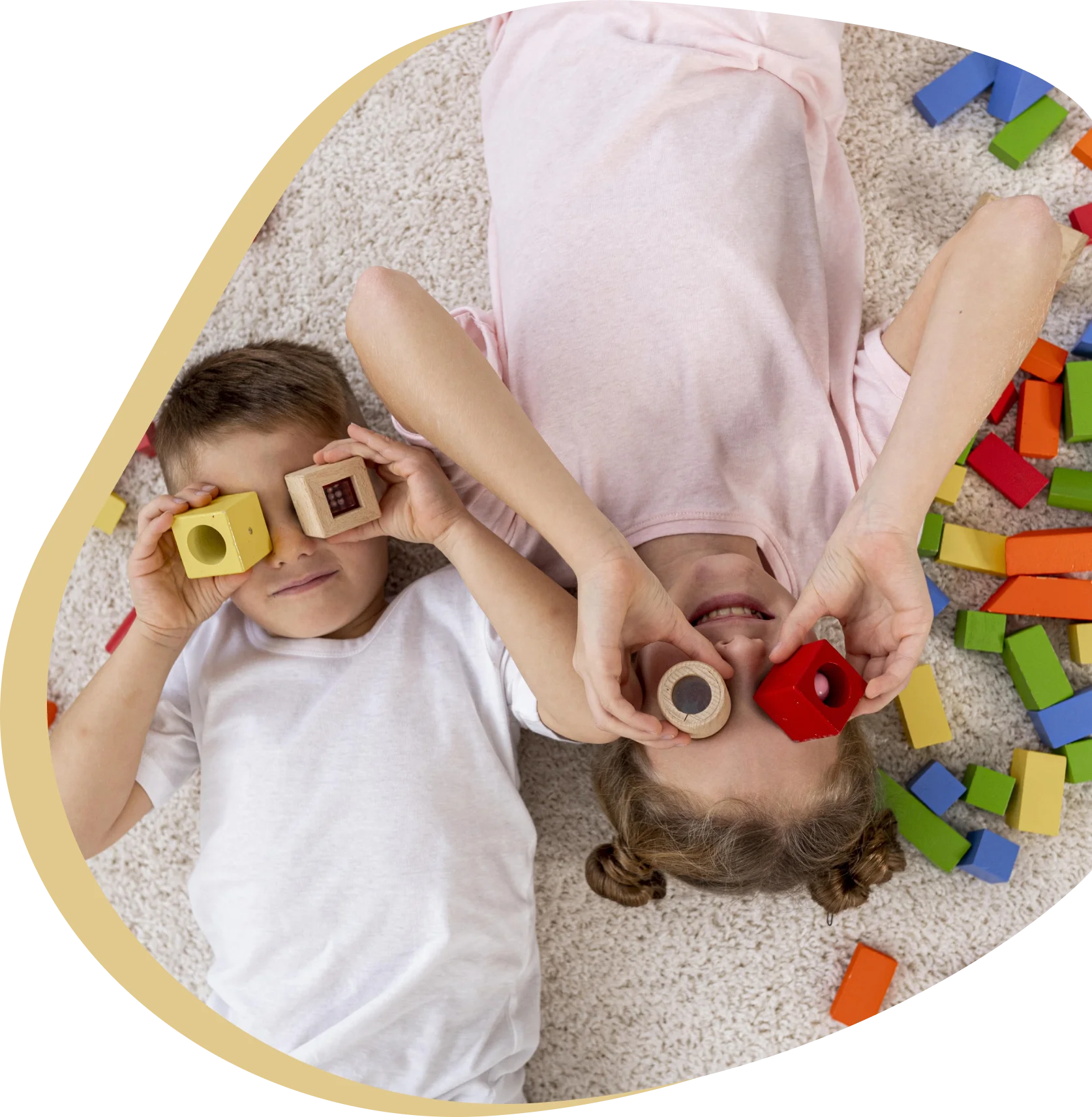RESOURCES / BLOGS
Proprioception Leans in to Life
Is your proprioceptive system working as it should?
When we think of our senses, the 5 senses of touch, taste, sight, smell and hearing come to mind. There are three additional sensory systems that are vital to our human experience, the interoception plus the proprioceptive and vestibular systems. The proprioceptive system gains information from our muscles, joints and connective tissues. The vestibular system gains information from our inner ear and tells us where our head is in space and in relation to gravity.
The proprioceptive system doesn’t work alone. It works together with information gathered from our tactile system, our vestibular system, our auditory system and our visual system to let us know where we are in space and how we are moving. Dysfunction in one sensory system does not necessarily mean dysfunction in another system. However, dysfunction with proprioception often comes with dysfunction in the tactile and/or vestibular systems. Proprioceptive dysfunction results in greater reliance on the other senses to help monitor and manage the body’s movements.
Proprioception may be often an unknown sensory system in our bodies, but it is important to our sense of wellbeing and our confidence. It informs us about our movement and body position. If we have proprioceptive dysfunction, we can be reluctant to experiment with movement for fear of our tendency to bump into objects, our poor timing and co-ordination, and our inability to judge the correct pressure to apply for movement to occur, for example when opening a jar.

With movement comes experience and knowledge to move ourselves safely in our environment. This gives us greater confidence and enjoyment in our movement which encourages us to move more.
We can feel discouraged from moving our bodies through embarrassment of our lack of ease and grace in our movements, for fear of safety reasons or simply our failure to succeed. This restricts our further experience of movement and limits our opportunities to process sensory information gained through our movement
This failure to trust and rely upon our body to move as we would like it to in response to the given situation often results in lowered self-confidence for the individual. Carol Stock Kranowitz refers to this in The Out-of-Sync Child, as a lowered emotional security.
Tasks as routine as dressing can be laborious and tiring. Walking down the middle of a corridor without the support of a wall to lean on can be difficult. The sequencing of movement skills such as those required in running and kicking a ball, may be confusing and slow. Knowing when a glass is full when pouring a drink may be challenging. Walking without bumping into objects such as chairs, tables and other people may be hazardous.
Individuals with proprioceptive dysfunction are often perceived as clumsy. They may have poor postural control and balance. Sitting still in a chair may be difficult and tiring. Even holding their body upright without slumping in the chair or without resting their head on their hand may be extremely tiring. This in turn impacts their ability to perform tasks in a work environment.
The individual may experience difficulty with their social interactions as a result of their lowered self-confidence and their inability to complete tasks with the speed, timing and dexterity of their typically functioning peers. They may have felt excluded socially as a child which they carry into their adult years, finding it difficult to find a social niche and to form friendships
Self-regulation, the body’s ability to adjust to the correct level of arousal to perform the given task, may be affected by proprioceptive dysfunction. The individual may be over-responsive to proprioceptive stimulation or under-responsive. Proprioceptive heavy work activities and deep touch pressure will assist in the case of either over- or under-responsivity.
Heavy work includes activities such as pushing, pulling, climbing, crawling, wrestling, jumping, lifting. Just be sure to keep the body in alignment to the core and that the heavy work activity provides resistance for the body to work. Perform the activity with bent arms and lean into the movement with bent legs when pushing.
Heavy work has the additional benefit of being both calming when we feel over-stimulated and lifting when we are in low arousal. It is an aid in the event of sensory overload for an individual. The impact of heavy work in calming the nervous system can last for several hours.
Individuals with proprioceptive dysfunction also may experience challenges with attention. Proprioceptive heavy work prior to a task provides attention and focus. A suitable sensory diet with various options for helping your body to self-regulate appropriately to the task may be beneficial.
An Occupational Therapist (OT) can give you an assessment and provide assistance in developing a sensory diet suited to your needs. Always remember, what works for you one day with the sensory diet may not work the next and a different sensory diet option may be needed.
Finally, speech may be affected if there is oral proprioceptive dysfunction. There are oral sensory diet and massage options available. An OT and Speech Therapist can help you with this. The impact of proprioceptive dysfunction is far reaching beyond the years of childhood and adolescence. When proprioceptive dysfunction leans into your optimal life, lean into support strategies. With the aid of a sensory diet, there are options as an adult you can follow and include in your daily life to help minimise the influence of proprioceptive dysfunction. Consider consulting your General Practitioner or an OT if you suspect you may suffer from proprioceptive dysfunction. There is support available. It’s a matter of knowing what to look for and where to look.
Blog Disclaimer
The information contained in this article is for general information purposes. It is not intended to substitute for medical advice. Consult your doctor if you have any health concerns relating to this information. To view the full blog disclaimer, please click here.